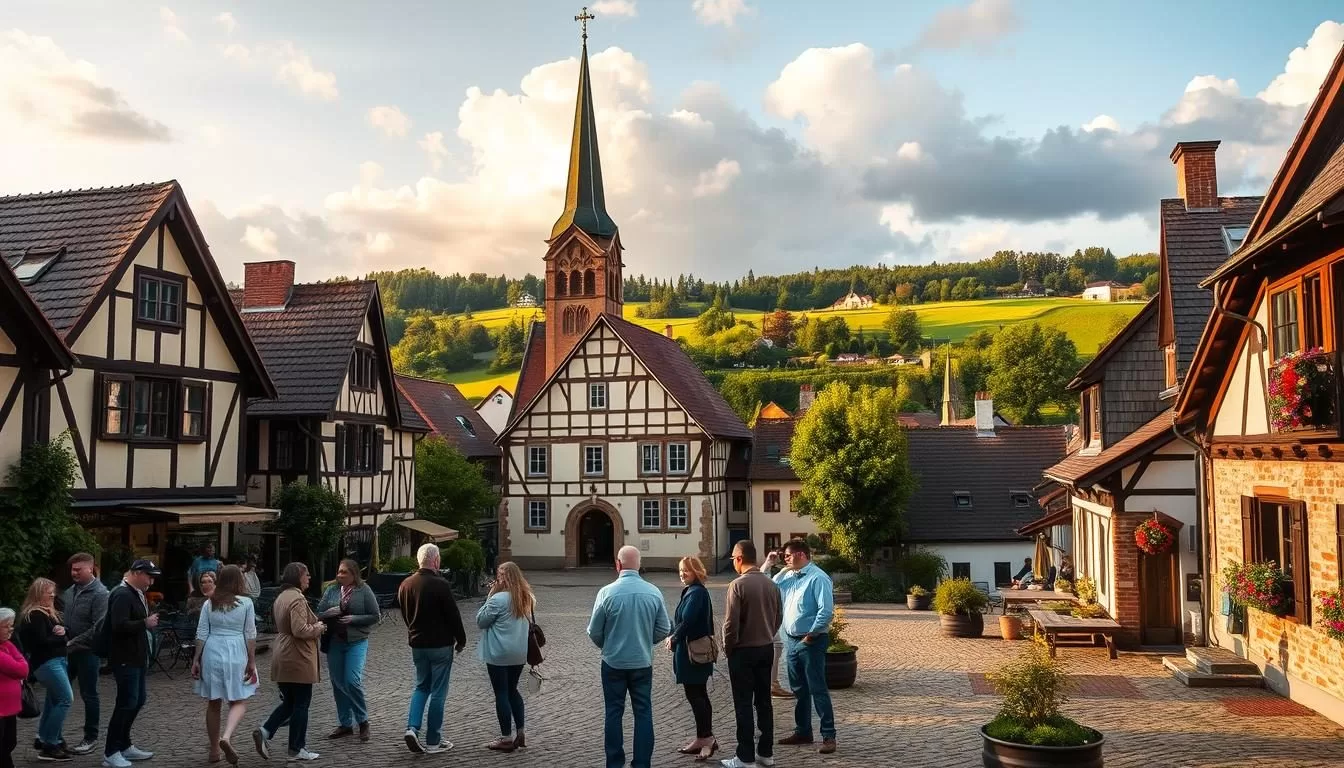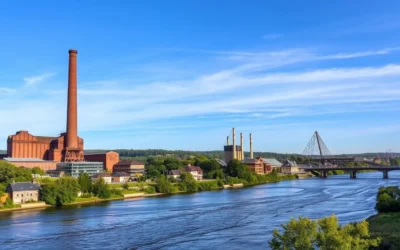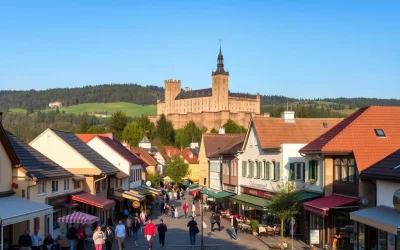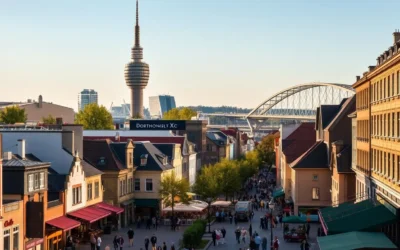✓ Accommodations✓ Flights✓ Rental Cars
In this northern German state, language plays a vital role in shaping its identity. With a population of around 8 million, the region boasts a rich cultural tapestry influenced by its diverse geography. From coastal areas to mountainous terrains, the state’s unique environment has fostered a variety of linguistic traditions.
German is the primary language spoken here, but regional dialects like Low German add depth to the linguistic profile. These dialects are not just remnants of the past; they are actively used in daily life, reflecting the state’s historical evolution. The government and educational systems also play a key role in preserving these linguistic treasures.
This state is a fascinating part of the country, where culture and language intertwine. Whether you’re in a bustling city or a quiet rural area, you’ll notice how geography influences communication. Understanding this linguistic diversity offers a glimpse into the heart of the region.
Lower Saxony, Germany: Official and widely spoken languages
Exploring the language landscape here reveals a tapestry of traditions and dialects. This state is a fascinating part of the country, where culture and communication intertwine. From bustling cities to quiet rural areas, the linguistic diversity is a reflection of its rich heritage.

German is the primary language, but regional dialects like Low German add depth to the linguistic profile. These dialects are not just remnants of the past; they are actively used in daily life. In rural areas, varieties such as Northern Low Saxon and Sater Frisian persist, despite declining numbers.
Urban centers often showcase a more standardized form of German, while rural regions preserve unique linguistic traits. This contrast highlights the state‘s diverse culture. The persistence of these dialects underscores their importance in shaping local identity.
Language plays a key role in creating a sense of home and belonging. Schools and community groups actively support language maintenance. This effort ensures that minority languages like Sater Frisian continue to thrive.
This linguistic diversity also contributes to the state‘s global standing. It showcases the region‘s ability to preserve its heritage while embracing modernity. Such a rich language landscape makes this state a unique part of the world.
| Language | Region | Significance |
|---|---|---|
| German | Entire State | Primary Language |
| Low German | Rural Areas | Regional Dialect |
| Sater Frisian | Specific Villages | Minority Language |
A Closer Look at the Official Languages in Lower Saxony
The linguistic landscape here is shaped by strong government policies. These policies ensure that both German and regional dialects are preserved and celebrated. This commitment reflects the state‘s dedication to its cultural heritage.

Government Recognition and Policy
Government bodies officially recognize minority languages like Sater Frisian. This recognition ensures these languages receive support in public services and education. Such policies highlight the importance of linguistic diversity in shaping local identity.
For example, Sater Frisian is actively taught in schools in specific villages. This effort helps preserve the language for future generations. Community programs also encourage its use in daily life.
Education and Public Services
Education systems play a vital role in maintaining linguistic diversity. Schools celebrate both German and regional dialects through special programs. These initiatives ensure that students appreciate their cultural roots.
Public services also integrate minority languages into their communication. This approach makes services more accessible to all speakers. It also reinforces the value of these languages in the region.
| Policy | Impact |
|---|---|
| Recognition of Sater Frisian | Preserves a unique minority language |
| Education Programs | Teaches regional dialects in schools |
| Public Service Integration | Makes services accessible to all speakers |
Regional Dialects and Minority Languages
The linguistic diversity in this region reflects its rich cultural heritage. From unique dialects to minority languages, the state is a fascinating part of the country. These languages are not just forms of communication but also symbols of identity and history.

Sater Frisian: A Unique Linguistic Enclave
Sater Frisian is one of Europe’s smallest linguistic enclaves, spoken by roughly 2,000 people in Saterland. This minority language has deep historical roots, dating back to medieval times. Despite its small population, it remains a vital part of the local culture.
Schools in Saterland actively teach Sater Frisian, ensuring its survival for future generations. Community programs also encourage its use in daily life. This effort highlights the importance of preserving linguistic diversity in the region.
Low German (Plattdeutsch) and Its Varieties
Low German, or Plattdeutsch, is another key dialect in the state. It has several varieties, including Northern Low German, Eastfalian, and Westfalian. Each variety contributes to the region‘s unique identity.
In rural areas, Low German is still widely spoken, connecting communities to their heritage. Local industries and public services often incorporate this dialect, making it accessible to all speakers.
The connection to neighboring regions like Schleswig-Holstein further enriches the linguistic landscape. Cross-border ties ensure that these dialects continue to thrive.
| Dialect | Region | Significance |
|---|---|---|
| Sater Frisian | Saterland | Minority Language |
| Northern Low German | Rural Areas | Regional Dialect |
| Eastfalian | Eastern Regions | Cultural Identity |
| Westfalian | Western Regions | Historical Roots |
The History Behind Language Diversity in Lower Saxony
The story of linguistic diversity in this region is deeply rooted in its medieval past. The Saxon heritage laid the foundation for the language landscape you see today. From ancient times to the modern era, the evolution of dialects reflects centuries of cultural change.
Medieval Roots and Saxon Heritage
During the medieval period, the Saxon tribes played a crucial role in shaping the dialect of this area. Their influence extended across the region, creating a unique linguistic identity. This heritage remains a vital part of the local culture.
Historical records show that the Saxon language evolved into what is now known as Low German. This dialect became a cornerstone of communication in rural areas, connecting communities to their roots.
Evolution Through Historical Mergers
The integration of the Kingdom of Hanover with smaller states further enriched the language diversity. These mergers brought together different linguistic traditions, creating a tapestry of dialects. The government played a key role in preserving these traditions through education and public policies.
For example, the recognition of minority languages like Sater Frisian ensured their survival. Schools in specific villages actively teach these languages, keeping them alive for future generations.
“Language is the road map of a culture. It tells you where its people come from and where they are going.”
Today, local heritage groups continue to celebrate this linguistic legacy. Their efforts ensure that the culture and history of the region remain vibrant. This commitment to preservation highlights the importance of language in shaping identity.
| Historical Event | Impact on Language |
|---|---|
| Medieval Saxon Influence | Foundation of Low German dialects |
| Kingdom of Hanover Merger | Integration of diverse linguistic traditions |
| Modern Government Policies | Preservation of minority languages |
For more insights into how language shapes cultural identity, explore this detailed guide on linguistic diversity in Germany.
Modern Multilingual Influences and Migration Trends
Migration has reshaped the linguistic fabric of this region. Over the years, global migration has introduced new languages, creating a vibrant multilingual environment. This trend has transformed how people communicate in both urban and rural areas.
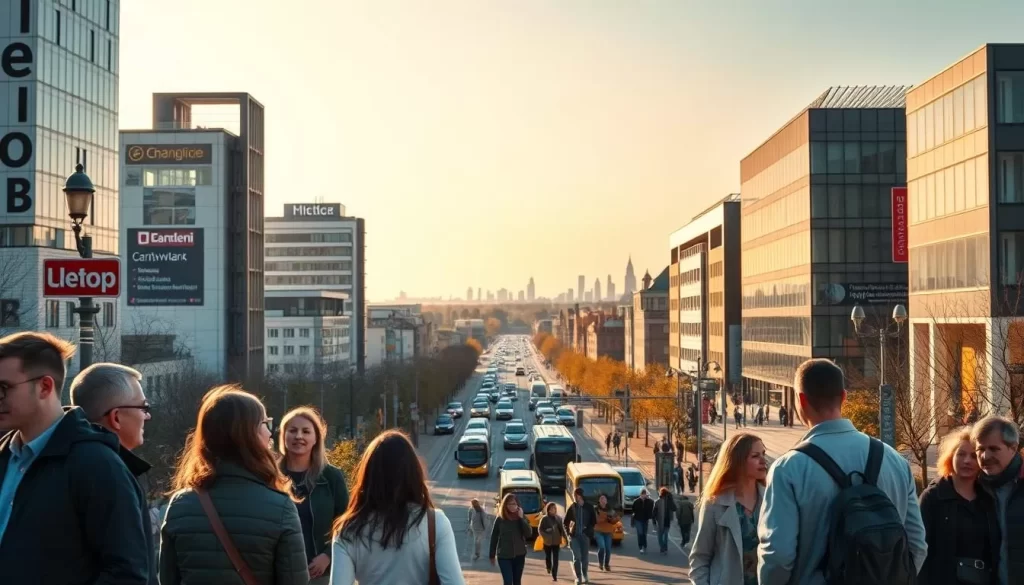
Impact of Global Migration on Local Languages
Global migration has brought significant changes to the linguistic landscape. Languages like Turkish, Russian, and Arabic are now commonly spoken in schools and communities. For example, about 25% of primary school students have a non-German heritage language.
This diversity enriches the culture of the state. It also presents challenges, such as ensuring language proficiency among students. Schools have implemented bilingual programs to address these needs, improving German language skills by 30% in some cases.
English, French, and Other Foreign Language Influences
Global languages like English and French are increasingly important in business and education. Many schools now offer English as a second language, preparing students for a globalized world. French is also gaining traction, especially in industries with international ties.
Public services are adapting to this multilingual population. For instance, government offices and hospitals now provide information in multiple languages. This shift ensures accessibility for all residents, regardless of their native language.
| Language | Influence |
|---|---|
| English | Widely used in business and education |
| French | Growing presence in international industries |
| Turkish | Commonly spoken in schools and communities |
| Russian | Significant among migrant populations |
These trends highlight the importance of embracing linguistic diversity. By supporting multilingualism, the state fosters inclusivity and prepares its residents for a connected world.
Conclusion
The vibrant language landscape of this region reflects its rich cultural and historical depth. From medieval roots to modern influences, the state has preserved its linguistic heritage through government policies, education, and community efforts. This commitment ensures that both dialects and minority languages continue to thrive.
In urban areas, standardized German dominates, while rural communities cherish unique dialects. This coexistence enriches the culture and strengthens local identity. Schools and groups play a vital role in maintaining this diversity, making the state a fascinating part of the country.
The above is subject to change.
Check back often to TRAVEL.COM for the latest travel tips and deals.
